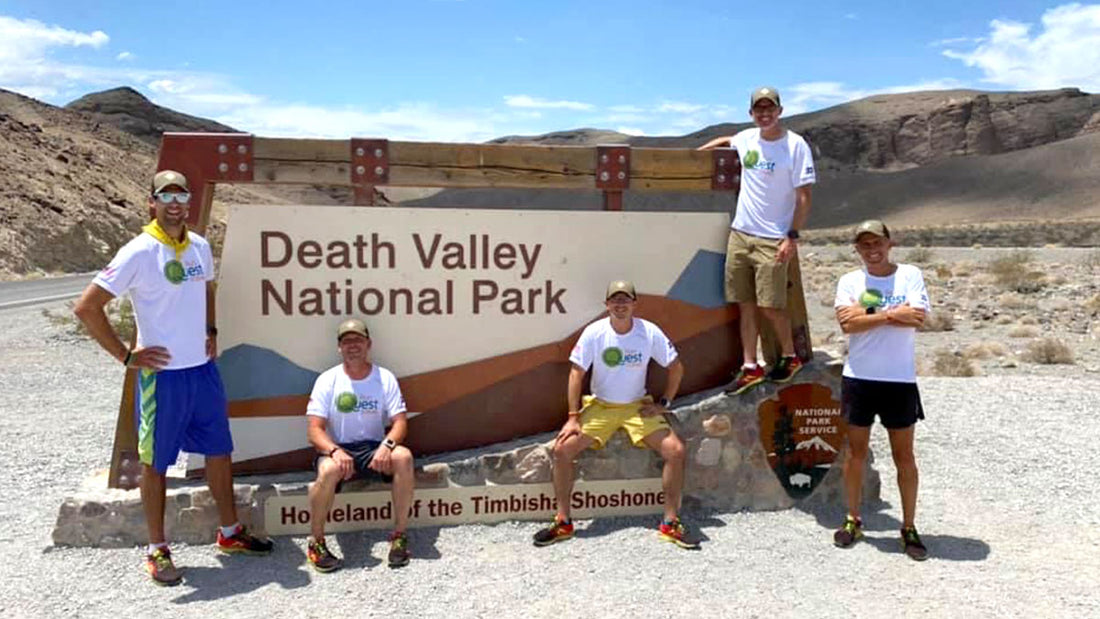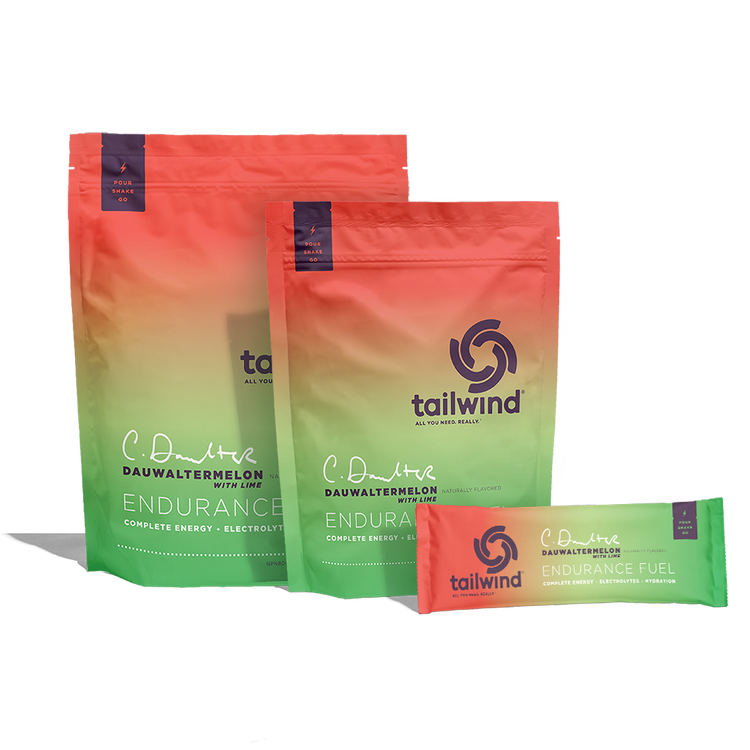Badwater 135: Fueling and Running in Death Valley
0 Comments
By Harvey Lewis
Death Valley recorded the hottest average temperature over 24 hours with an average temperature of 118.1 degrees Fahrenheit Sunday, July 11th 2021 at Stovepipe Wells. The low was 107.7 before sunrise and there was a high of 128.6 in the late afternoon. Two days earlier it topped 130 degrees. The hottest temperature ever recorded on the planet was set in Death Valley in 1913 with 134 degrees. The Badwater 135, the hottest and arguably one of the toughest foot races in the world, is purposely organized in July because it is the hottest month of the year in the hottest place on the planet. We were one week away from the adventure.
I visited Death Valley National Park the first time in 2005 with my parents and son on the way to Sequoia and Yosemite National Parks. We stayed at the Ranch at Death Valley, a posh resort in the heart of the park, mile 17 along the Badwater course.
Arriving into the park, stepping out of the car, assaults your senses. It literally feels like a sauna. Jumping into their spring fed pool at the resort was rejuvenating. There are a couple other memories that stand out from the trip. I saw a runner suited up in mostly white clothing running a solo “Badwater.” I remember thinking it looked a bit crazy and I was not interested.
We drove by the Mesquite Sand Dunes, up to Townes Pass and into Panamint Valley. The views were breathtaking. Our nearly brand new rental car overheated but we were able to retreat into a restaurant at the oasis in Panamint Springs. Death Valley made an impression. I never would have guessed it would grow to become my favorite of all the national parks in the country.
Getting acquainted with Death Valley
What draws us to the heat and a place that has a name that might cause some to wince? Death Valley has a magical character, an allure that is exotic. I learned about Death Valley and the Badwater 135 from the film “Running on the Sun” back in 2007. I was drawn by the whimsical personalities, runners pulling tires, training in self-made laundry rooms converted to saunas or wearing improbable layers of clothing. The extremes in Death Valley fascinated me as well as the unusual landscape. The race covers 135 miles from Badwater, the lowest place in the Western Hemisphere at 282 feet below sea level, to the portal of Mt. Whitney, the highest mountain in the lower 48.
I applied for Badwater 135 for the first time back in 2007 I didn’t get selected. The race has an extensive application and runners have a higher probability of making the 100 person field if they have crewed for another runner in the past. A few years later I met up with Ian Adamson and had the opportunity to crew him in 2010.
It was really insightful to see the demands of the race. Unlike other ultras that have aid stations or are self-supported, the race requires each athlete to have a team who is the runners lifeline and leapfrogs the runner every mile or two to provide liquids, ice or other essentials. I loved the format. At the finish of the race everyone, including the crew was whipped. It felt really gratifying to cross the finish line with the full crew and Ian. While I had run many races prior to it, it was my favorite running experience to that date.
I learned some important strategies from the experience. First, Ian had a lot of experience with gear from his years of competitive bouts with the eco-challenge. Every piece of his clothing was white from his shorts, shirt, hat, socks, calf and arm sleeves to block the UV of the sun. He consistently took sips from his water bottle a few times a mile without me having to remind him as his “pacer”.
Badwater has pacers but they’re really not pacers in the traditional sense. The crew member must run behind their runner. They can mule items but they aren’t permitted to block the wind or set the pace. Another take away from the experience was dealing with blisters. It’s really advantageous to keep your runner wet because it really helps them to not overheat and run faster. Unfortunately, Ian’s socks got wet and by mile 50 he had one of the largest blisters I’ve seen on the ball of his foot. One of our crew members made the mistake of cutting away skin with the large blister, versus just poking it with a sterile needle and draining it, making it painful for Ian for the remainder of the race.
Fueling during the Badwater 135
I lined up with the third wave of runners near the infamous sign on the edge of the salt flat that says “Badwater Basin, 282 feet/85.5 meters below sea level” at the edge of the salt flat, Telescope Peak rising to 11,043 feet in the background and precipice of the journey ahead.
It’s really important to get a jump on hydrating. In the two days leading up to the race, I would always be found carrying a bottle, the day prior my bottle was filled with Tailwind half the time. Even without strenuous activity the sun zaps your electrolytes fast in the heat of Death Valley. I also was conscious to minimize my efforts and time exposed to the sun the day before.
My crew of four; Judd Poindexter, Matt Garrod, Alex Bruns and Max Gavazzi prepped the coolers and handed me an ice bandana. The runners were off!
This summer was my 10th time running the Badwater 135 and I’ve learned across the years that staying ahead on nutrition/hydration is critical. Falling on hydration exponentially increases the difficulty of the race, causing the body to move as if your feet are stuck in molasses. My team members would pass off cold drinks filled halfway in two 18oz Simple Hydration bottles every mile.
I always wanted one bottle to have electrolytes so I rotated three flavors of Tailwind – mandarin orange, cola and berry. In the night I would use the cola flavor more frequently as it was caffeinated. I also tried to consume a small snack every 20-30 minutes ranging from watermelon, pretzels, barbeque potato chips, squeezable fruit pouches, mashed potatoes mixed with vegetable broth or anything else plant based. I have found that during ultras, especially in hot ones, it’s easier to digest vegan foods. Dairy and meats do not digest as quickly and are more likely to upset one’s stomach.
Race recap
Ukrainian, Igor Gotsuliak, led much of the race, at one time by as much as 35 minutes. There was an especially strong headwind the first 40 miles this year that zapped the field. My pace was probably a little quick for the first half of the race, calculating for the wind and it impacted my hydration. When one over-pushes the pace in a hot race they often feel the impact in their ability to properly absorb calories.
Despite my struggle to take in calories my team was able to keep me forward through the low and I was able to rally to pass Igor at mile 108. From there, the focus was keeping forward momentum, holding a defensive position by not overexerting myself and not crashing. I crossed the finish line in 25 hours 50 minutes and 23 seconds, about 45 minutes ahead of the next runner, winning the Badwater 135 for a second time. It was especially meaningful as it was a dream I had visualized all year.
It wasn’t my fastest year but strategy was quintessential, especially hydrating. I’m always amazed that every year I race the Badwater 135 I learn to tweak the formula a bit. There’s always more to learn. Big’s Backyard Ultra is my next race on the horizon. While it doesn’t have the extreme temperatures of Badwater, Bigs can be very humid, the sun can break through the fall trees and it gets hot. Successfully navigating hydration will be pivotal to survival.




